Coffee! What would we do without coffee? Some people need just one cup. Others need an entire jugful. Billions upon billions of coffee are produced, but coffee cannot grow anywhere in the world. There is a certain climate that makes the coffee plant grow naturally and successfully. The optimal coffee is usually produced in tropical climates along the equator. They are the lucky ones that make this world go round, so we should be sending out warm thank yous to each of the countries that produce the most coffee in the world.
Let’s explore the 10 countries that produce the most coffee in the world. Located in the “coffee belt,” they are the countries that sit along the equator.
1. Brazil
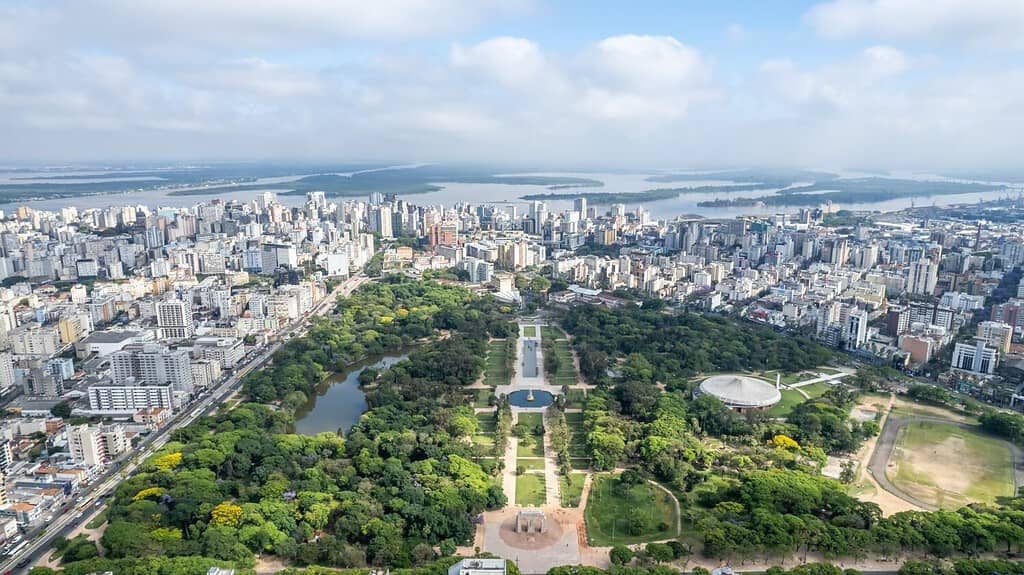
Brazil is the largest country in South America with 214 million people.
©Eduardo Rocha Paz/Shutterstock.com
Coffee farms in Brazil are usually located in the southeastern regions of the country, which is where the optimal coffee can be grown. Although coffee is not native to Brazil and coffee-producing countries in Latin America, the region proved to be quite right when it was planted at the beginning of the 18th century. Brazil became a dominant force in coffee production in the mid-1900s and even came close to monopolizing the production by the 1920s when they were producing 80% of the world’s coffee. Today, there are over 220,000 coffee farms in Brazil, where they grow two types of coffee beans — arabica and robusta.
2. Vietnam

Besides coffee, Vietnam is the largest producer of cashews and black pepper.
©MinhHue/Shutterstock.com
When the French colonized Vietnam, they introduced the coffee bean to the country. Proven to be a successful climate for growing coffee, Vietnam soon became one of the top coffee producers in the world. After Communist forces took over the country, the coffee industry was collectivized. However, after economic reforms in the mid-1980s, private companies were once again allowed to own coffee farms. In turn, it revitalized an entire region and coffee production boomed. Today, Vietnam’s coffee production is one of the largest in the country, coming second to rice.
3. Colombia
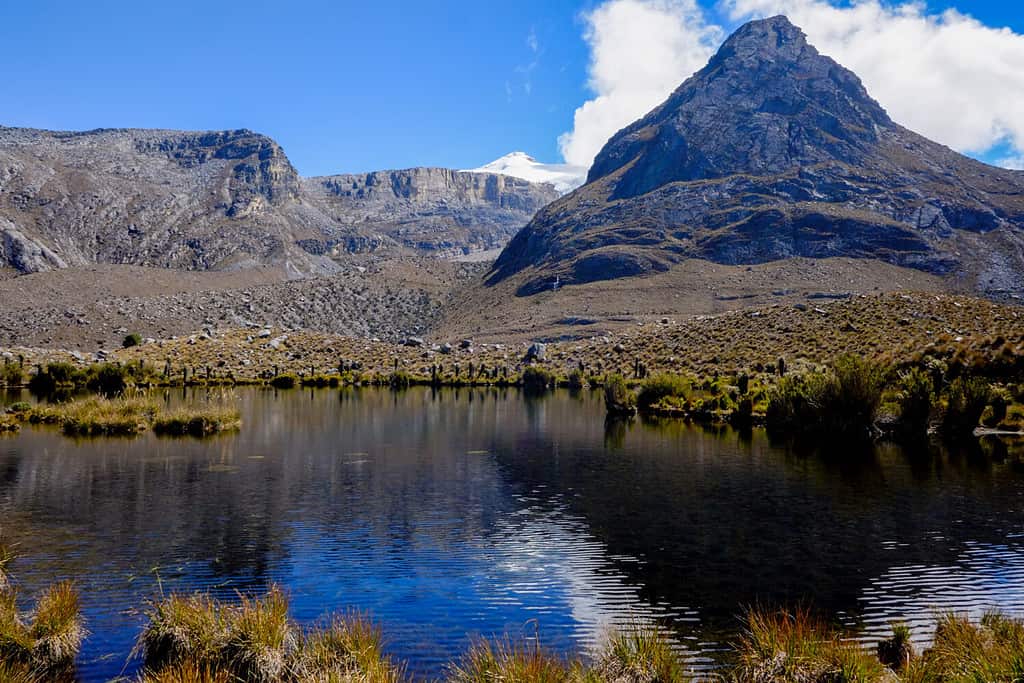
Colombia produces an abundance of emeralds.
©Cam Jones/Shutterstock.com
Colombia may be the third biggest producer of coffee, but they are also the largest producer of arabica coffee in the world. The bean was first introduced in Colombia in the early 1800s in the northeastern regions of the country. Colombia exports much of its coffee to the European Union and the United States. The United States is the largest consumer of coffee in the world, which proved to benefit Colombia. Unfortunately, climate change has pummeled Colombia’s coffee production, proving that this environmental danger is threatening not only the world’s climate but also agricultural production.
4. Indonesia

The
Komodo dragon
makes its home in Indonesia.
©Guitar photographer/Shutterstock.com
It was the Dutch, when they colonized Indonesia, that introduced coffee production. Starting in the late 1600s, Indonesian coffee production has grown to be a successful cash crop for the country. They produce more robusta beans, unlike their South American counterparts. Coffee farms are located in Indonesia’s mountainous regions. Much of Indonesian coffee is grown differently than the rest of the world, using various other methods. Thus, Indonesian coffee is stronger, but low in acidity.
5. Honduras

Because of Honduras’s high smoking rate (30%), a new law passed in 2011 that banned smoking in public and private spaces.
©Sebastian Delgado C/Shutterstock.com
The Spanish colonizers introduced coffee into Honduras and by the end of the 1900s when Honduras became independent, it slowly started to increase. Because the soil and climate are like its other Central American counterparts, Honduras proved successful in growing coffee beans. Unfortunately, the lack of transportation in the undeveloped country meant that exporting coffee was not big enough and it was only a domestic product. This changed as the country grew and developed. Today, Honduras’s coffee production has become important for the country’s economy.
6. Ethiopia
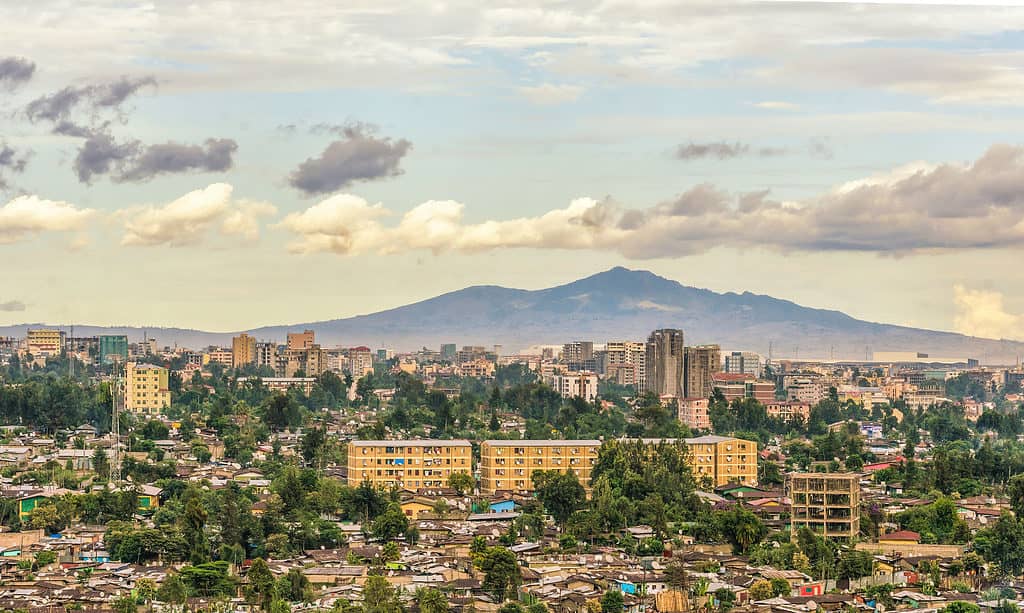
Although Ethiopia is the sixth-largest producer of coffee, coffee originated in the country.
©iStock.com/derejeb
The arabica coffee originates from Ethiopia and the cultivation of coffee beans has been around in the country for many centuries. Coffee production was exported to other Middle Eastern countries as early as the 6th century and it was mainly a Middle Eastern drink until it spread throughout the world. Even though coffee’s roots began in Ethiopia, they only produce 3% of the world’s coffee production. Coffee farms in the country are mainly located in the southwest regions and have become a huge exporter, thus bringing a lot of revenue into Ethiopia.
7. India
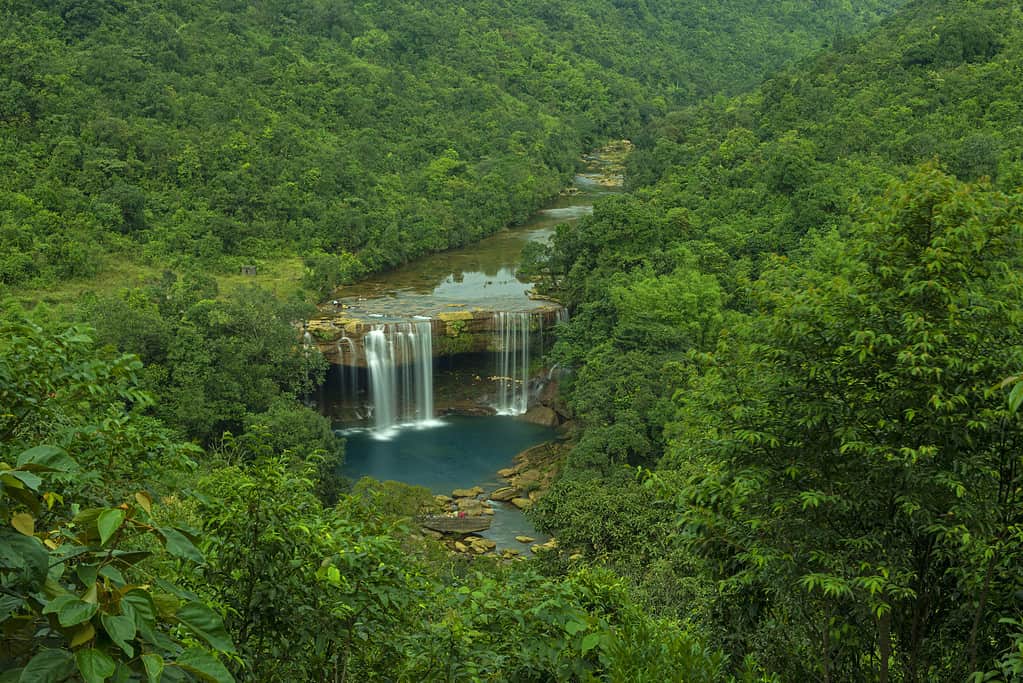
India follows the United States as the second-largest country with the most English speakers.
©ePhotocorp/iStock via Getty Images
The coffee production in India is located in the southern region of the country and unlike the rest of the world, coffee is grown in shaded forests instead of farms. Many of the importers of Indian coffee are European countries and the United States. India’s history with coffee is long, with coffee growing in the country since about the 8th century. India’s coffee has developed a reputation for being one of the finest in the world, winning several awards throughout the years.
8. Uganda
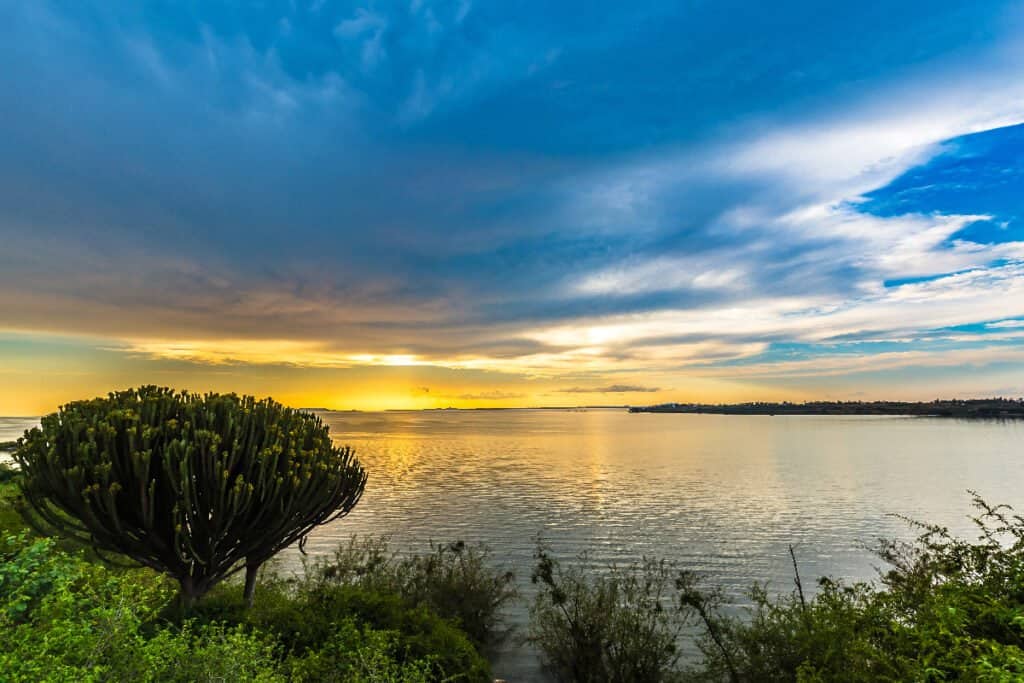
Lake Victoria, located in Uganda, is the world’s second-largest freshwater lake.
©Stefan Haider/Shutterstock.com
Coffee is the number one crop grown in Uganda. It is one of the few countries that mainly grows robusta coffee, although arabica coffee does grow in certain places. Uganda’s coffee regions are mainly limited to where a source of water is abundant, usually near the Nile River and around Lake Victoria.
9. Mexico

Mexican citizens are the largest immigrant group in the US, likewise, American citizens are the largest immigrant group in Mexico.
©Authentic travel/Shutterstock.com
The southern regions of Mexico, which are more tropical than the desert, and more arid climates of the north, are the perfect climate for coffee production. Mexico’s coffee production is slightly more limited to arabica coffee. Coffee was first introduced in the late 1800s, but it wasn’t a top exporter until the mid-1950s. Coffee production remained strong for several decades but it was governmental changes that affected coffee farms that led to instability in the coffee markets. Ultimately, production decreased substantially. Although they are number nine on the list, Mexico produces less coffee today than before the economic changes.
10. Guatemala
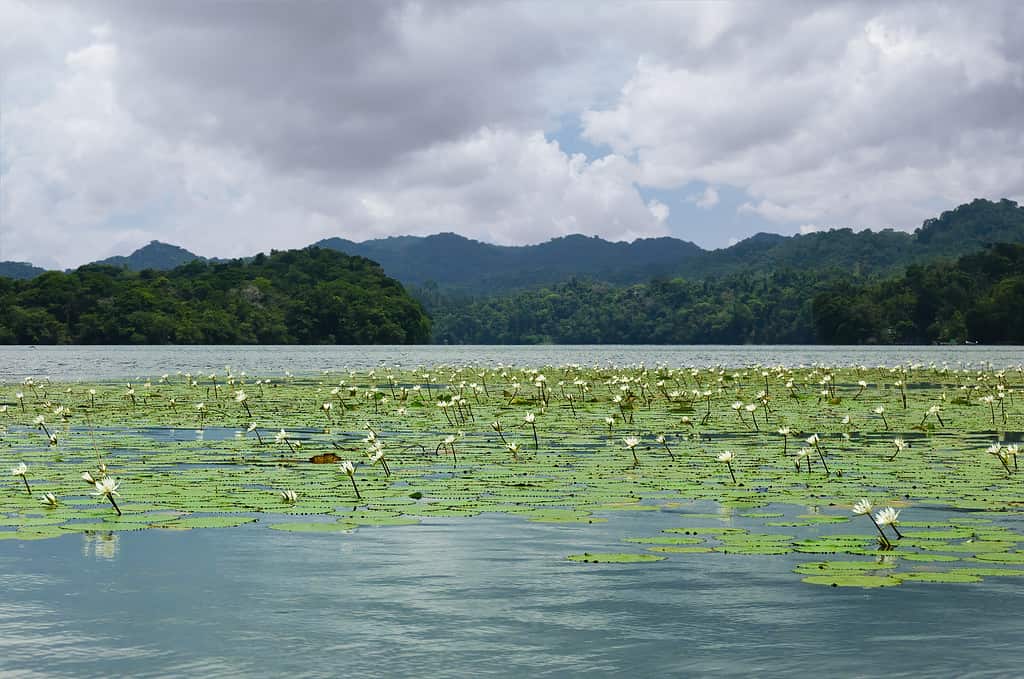
Guatemala’s civil war, lasting from 1960-1996, is one of the longest in the entire world.
©barbaraaaa/iStock via Getty Images
With the introduction of coffee in the mid-1800s, Guatemala’s cultivation of the crop started to increase steadily. Coffee grows all around the country, but the regions around the coast and near rainforests are the most optimal. Guatemala was the top producer of coffee among its peers in Central America. However, Honduras overtook the top spot in 2011.
Final Thoughts
And there you have it, the 10 countries that produce the most coffee in the world. These countries are unique in that they have different climates. But one climate in particular ensures the best coffee beans will grow. These magical beans are what make coffee!
If you find yourself visiting any of these countries, you can make the most of it and visit a coffee farm. At the farms, you learn about the coffee-making process and even enroll in classes. At the end of the day, make sure you try their coffee and take a little bag of your own to your home country.
Discover the 10 Countries That Produce the Most Coffee in the World
| Rank | Country | Pounds Produced |
|---|---|---|
| 1 | Brazil | 5,714,381,000 |
| 2 | Vietnam | 3,637,627,000 |
| 3 | Colombia | 1,785,744,000 |
| 4 | Indonesia | 1,455,050,000 |
| 5 | Honduras | 1,278,681,000 |
| 6 | Ethiopia | 846,575,000 |
| 7 | India | 767,208,000 |
| 8 | Uganda | 634,931,000 |
| 9 | Mexico | 515,881,000 |
| 10 | Guatemala | 449,743,000 |
The photo featured at the top of this post is © MattiaATH/Shutterstock.com
Thank you for reading! Have some feedback for us? Contact the AZ Animals editorial team.







